Category: Blog type
-

Big Data and IoT in Sports: Forecast Come True
In a blog post written in January 2014 at Syncsort.com I forecast that Big Data and the Internet of Things would eventually impact major sports in the U.S. In a feature story written for CIO magazine by Thor Olavsrud (@ThorOlavsrud) in September 2015, parts of this forecast may becoming reality for the NFL.
-
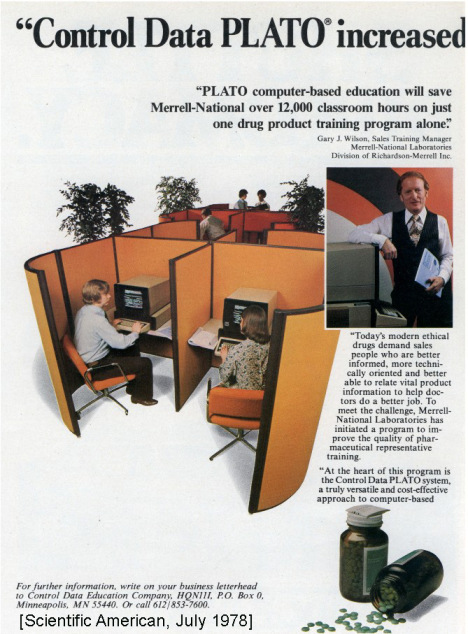
Computer-Assisted Instruction: Long Overdue in Overburdened STEM Classrooms
What happened to CAI? Computer-Assisted Instruction is long overdue in overburdened STEM classrooms, dooming novice teachers to years of frustration & failure.
-
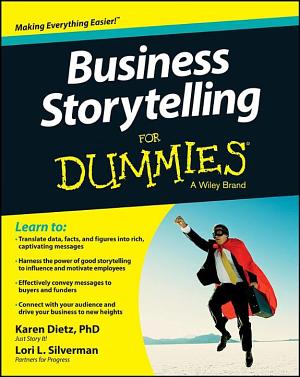
Book Review: Business Storytelling for Dummies
Homer’s Odyssey was preserved through an oral tradition of storytelling. NPR listeners are familiar with StoryCorps, a show that features some of the 45,000 interviews recorded by the organization of the same name, and The Moth, another show that features unscripted storytelling. At the opposite end of this humane tradition is “Death by PowerPoint.” This…
-
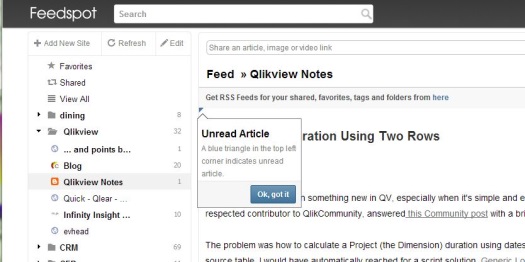
Feedspot: RSS Reader for Google Reader Diaspora
Software review: Feedspot is one of several browser-based Really Simple Syndication (RSS) readers that offers features similar to Google Reader, and — this was critical for many users — includes Outline Processor Markup Language (OPML) import.
-

Celebrity’s Anonymous Pen Name ‘Outted’ by Software
The role that software plays in stylistic analysis of text is perhaps less surprising to high school and college students than to the general public. The former must submit essays they write to style analysis performed by software which looks for plagiarism and sometimes also makes quality assessments. In the recent outing of J.K. Rowling…
-
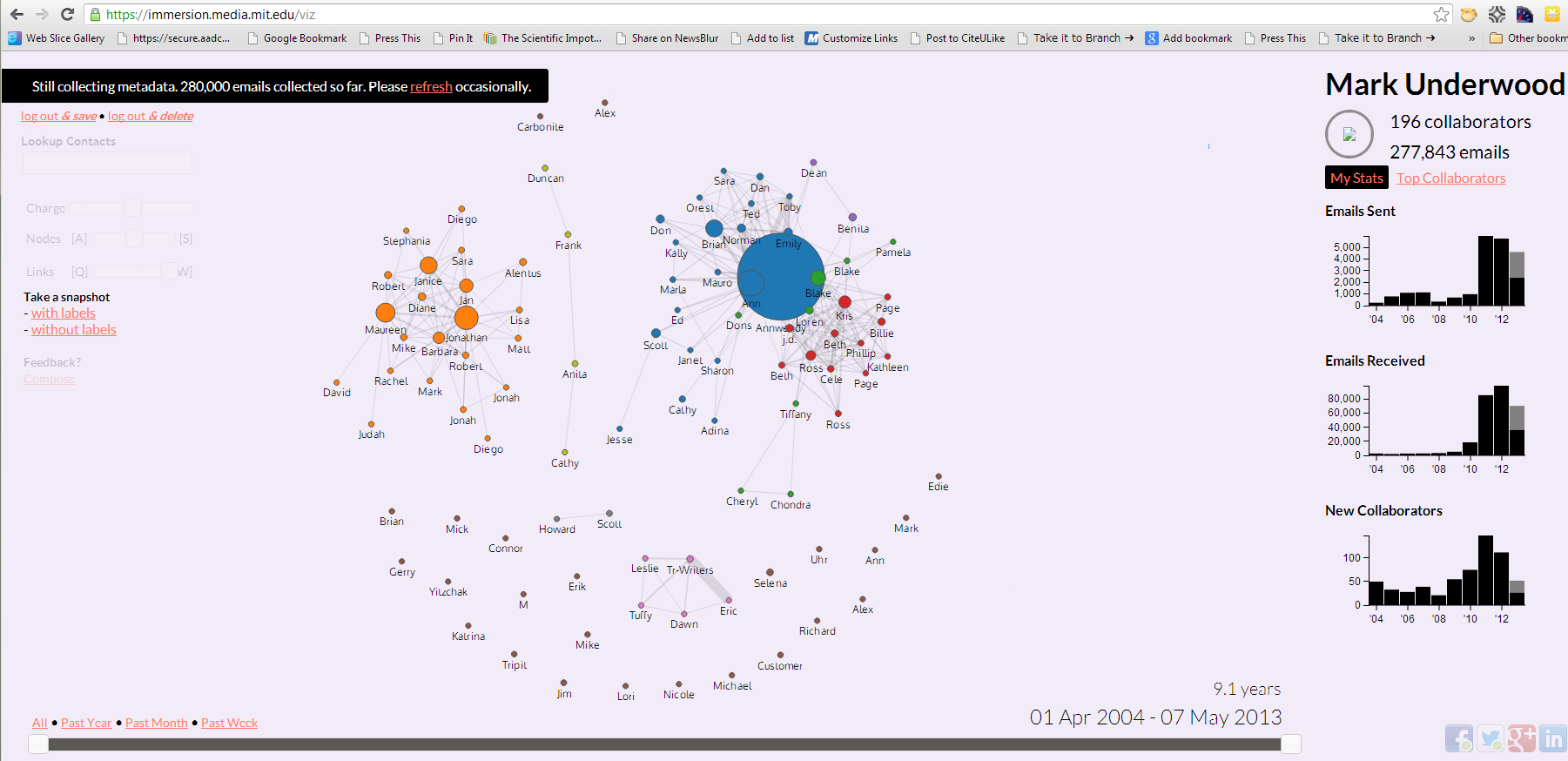
Cool Socnet Visualization from MIT’s Immersion Project
A previous post considered some practical implications for privacy and government surveillance stemming from the Snowden revelations about the Prism program. The point was made that some people who think they have nothing to hide could easily become ensnared in webs not of their own making, and could find it difficult to untangle themselves. Interest…
-

Bush the Elder’s “Vision Thing”
A colleague suggested a TED talk by Simon Simek on “leadership.” Can any talk or book about “leadership” be credible? I am suspicious of someone who casually proposes that humans are motivated “by biology not psychology.” As if these could be cleanly partitioned off from one another. I can perhaps overlook that oversimplification. But most organizations “believe”…
-
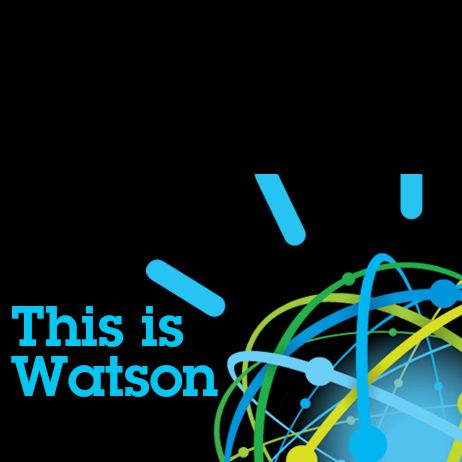
Will $100M Trickle Watson Down to SMB Enterprises?
Bloomberg News reported that IBM plans to invest an additional $100 million in its Watson technology. Earlier in 2011, Watson exceeded previously unmet expectations for artificial intelligence by easily overwhelming two Jeopardy!champions on national TV. While Watson-like technologies could be used in a variety of settings (e.g., network management or health care), the steep investments IBM has already made suggest…